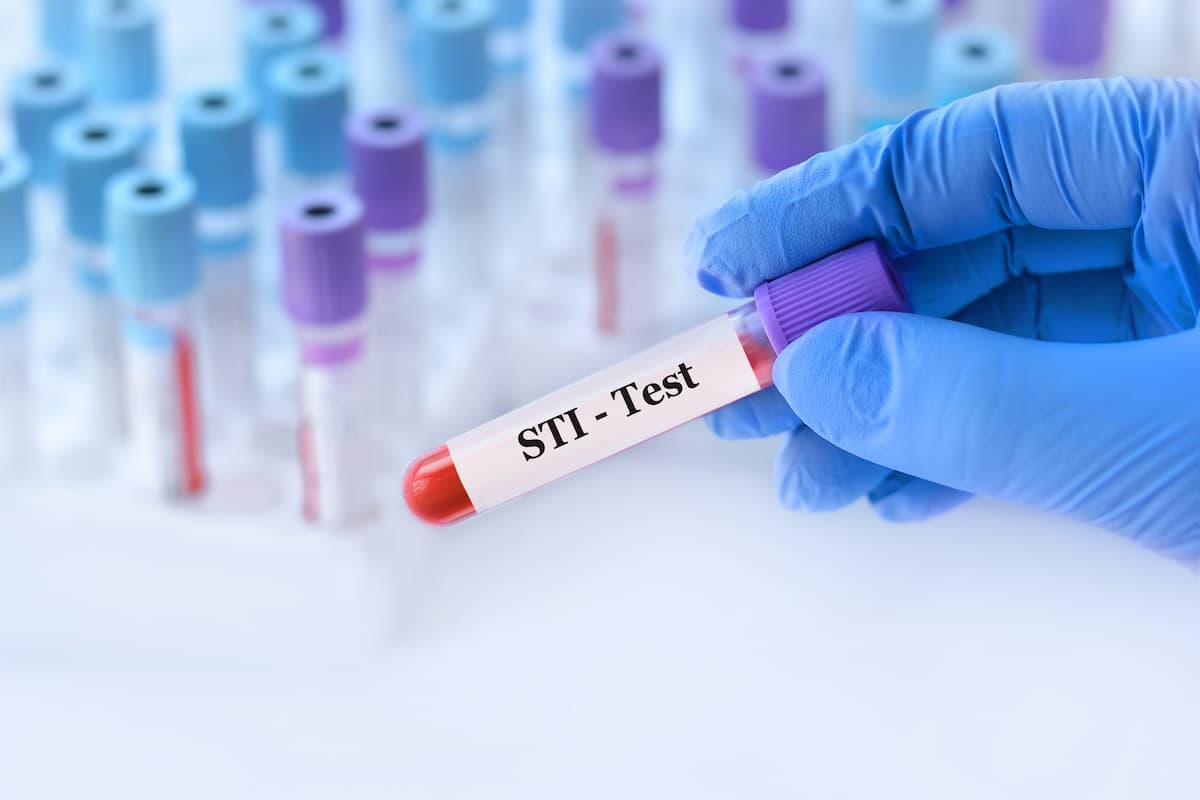STI Epidemic in US Shows Signs of Slowing, According to New CDC Report
More than 2.4 million STIs were reported in the US in 2023 — a 1.8% decrease from 2022, according to the CDC's annual STI report.
©syhin_stas/AdobeStock

Although reported cases remain high, there are signs the sexually transmitted infection (STI) epidemic in the US is slowing down after nearly 20 years of increases, the CDC announced on Tuesday.1
According to the agency’s annual STI report, cases of chlamydia, gonorrhea, and syphilis totaled 2.4 million in 2023, marking a 1.8% decrease from the more than 2.5 million cases reported in 2022.2
Chlamydia remained the most common nationally notifiable STI in the US in 2023, with over 1.6 million reported cases. Data showed that rates did not change substantially between 2022 and 2023 (<1.0% change; from 495 to 492.2 per 100 000).2
Data also showed that for the second year in a row, gonorrhea cases decreased. Between 2022 and 2023, rates declined 7.2% to 601 319 cases after dropping by 8.7% from 2021 to 2022. The CDC noted that this marked a decrease to pre-pandemic levels.2
Between 2022 and 2023, the number of reported cases of syphilis (all stages) increased 1.0%, although the rate of reported cases per 100 000 persons was relatively stable (<1% change, 61.1 to 61.3 per 100 000). Stage-specific data showed there were 53 007 cases of primary and secondary (P&S) syphilis in 2023 — a 10.2% decrease from 2022 — and 53 573 cases of early nonprimary nonsecondary syphilis, which was a 5.9% decrease from 2022.2
Rates of congenital syphilis, however, continued to increase, rising 2.9% between 2022 and 2023 (from 102.8 cases per 100 000 live births to 105.8 cases per 100 000). Although this increase remains a concern, the CDC noted it was a significantly lower increase than the roughly 30% increase reported in previous years.2
“I see a glimmer of hope amidst millions of STIs,” Jonathan Mermin, MD, MPH, director of the CDC’s National Center for HIV, Viral Hepatitis, STD, and TB Prevention, said in a November 12, 2024, press release.1 “After nearly 2 decades of STI increases, the tide is turning. We must make the most of this moment.”
While the new report is encouraging, disparities persist. In 2023, 48.2% of reported cases of chlamydia, gonorrhea, and syphilis (all stages) were among adolescents and young adults aged 15 to 24 years.2
Also, gay, bisexual, and other men who have sex with men (MSM) were found to be disproportionately impacted by STIs, including gonorrhea and P&S syphilis. In 2023, MSM accounted for 32.7% of all P&S syphilis cases and approximately half of gonorrhea cases occurred in MSM. Furthermore, coinfection with HIV among MSM was common, with 37.2% of MSM with P&S syphilis diagnosed with HIV in 2023, according to the report.2
The CDC data also showed that in 2023, 32.4% of all reported cases of chlamydia, gonorrhea, and P&S syphilis were among non-Hispanic Black individuals, even though they made up only 12.6% of the US population. Rates of both P&S syphilis and congenital syphilis were highest among American Indian or Alaska Native persons in 2023.2
“It is important to note that these disparities are unlikely to be fully explained by differences in sexual behavior and may reflect differential access to quality sexual health care, as well as differences in sexual network characteristics,” wrote the agency in the report.2 “Acknowledging inequities in STI rates as well as their root causes is a critical first step toward empowering affected groups and the public health community to collaborate in addressing systemic inequities in the burden of disease — with the goal of minimizing the health impact of STIs on individuals and populations.”
References:
1. Despite over 2 million sexually transmitted infections reported in 2023, CDC data suggest that the STI epidemic may be slowing. News item. Centers for Disease Control and Prevention. November 12, 2024. Accessed November 13, 2024. https://www.cdc.gov/media/releases/2024/p1112-sti-slowing.html
2. Centers for Disease Control and Prevention. Sexually Transmitted Infections Surveillance, 2023. https://www.cdc.gov/sti-statistics/annual/index.html. Published November 12, 2024. Accessed November 13, 2024.